IAF
SOURCE: RAUNAK KUNDE / NEWS BEAT / IDRW.ORG
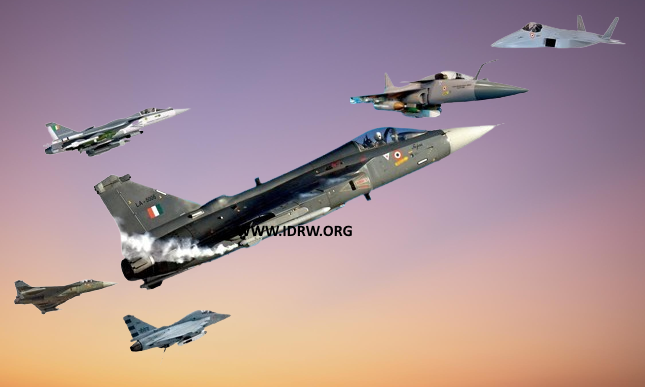

The Indian Air Force (IAF) and Hindustan Aeronautics Limited (HAL) are gearing up for a critical phase in India’s indigenous fighter aircraft development. With the first flight of the Tejas MkII planned for 2026 and the Advanced Medium Combat Aircraft (AMCA) Mk1 expected to take to the skies in 2028, the coordination between IAF and HAL will be tested as they conduct simultaneous developmental flight trials for these ambitious programs.
The experience gained from the developmental flight trials of the Light Combat Aircraft (LCA) Tejas Mk1A is proving invaluable. Lessons learned are being utilized to refine and streamline the flight test regime for both Tejas MkII and AMCA Mk1. The goal is not only to reduce the number of years required for flight trials but also to minimize the total in-flight hours needed to validate the aircraft’s capabilities and readiness.
Continue readingSOURCE: RAUNAK KUNDE / NEWS BEAT / IDRW.ORG
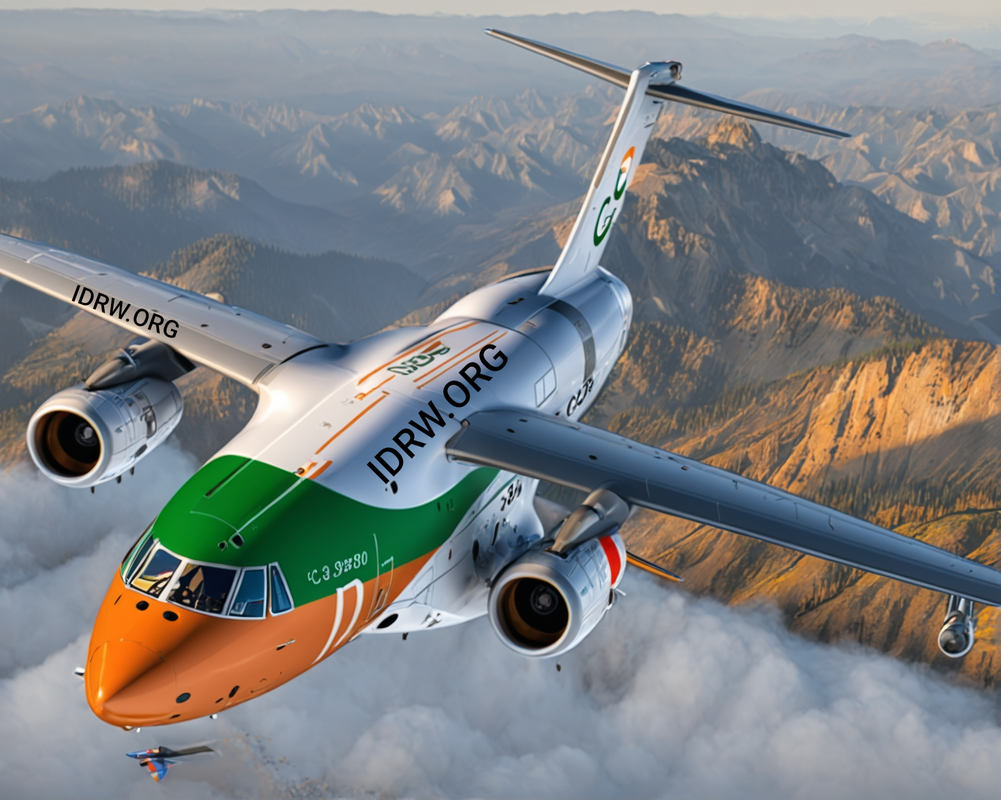

Initial assessments by Indian Air Force (IAF) officials suggest that the Embraer C-390 Millennium transport aircraft might be the most feasible option for its Multi-Role Transport Aircraft (MTA) program, according to IAF sources speaking to idrw.org.
Speaking on condition of anonymity to idrw.org, IAF officials highlighted the C-390M’s design as a key factor in its favour. These officials believe the C-390M’s design offers greater potential for multi-role development compared to that can be used to develop Airborne Warning and Control Systems (AWACS) or Maritime Patrol Aircraft (MPA) platforms.
Continue readingSOURCE: RAUNAK KUNDE / NEWS BEAT / IDRW.ORG
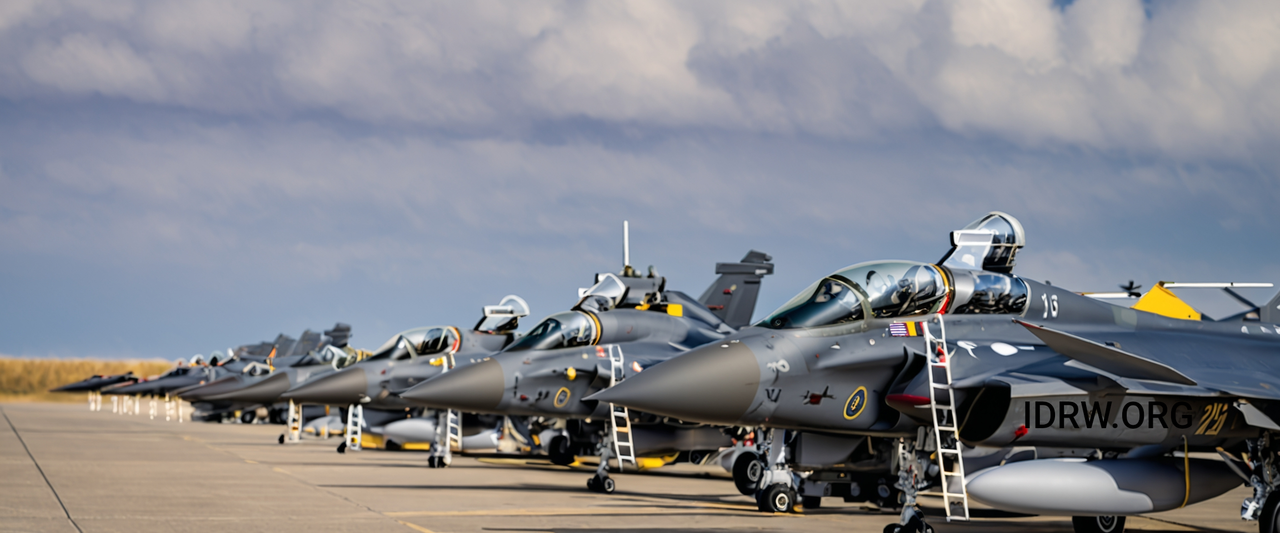

Dassault Aviation has projected India to become one of the largest operators of the Rafale fighter jet globally, following the French Air Force and Navy. With the Indian Air Force (IAF) already possessing 36 Rafales and the recent approval for 26 Rafale Marine fighters for the Indian Navy, India’s Rafale fleet is set to expand significantly.
Dassault’s optimism stems from the potential for further Rafale exports to India. The company has offered to manufacture Rafale jets in India to meet the IAF’s Multi-Role Fighter Aircraft (MRFA) for 114 jets. This proposal positions India as a key market for the Rafale, solidifying Dassault’s lead in the export of this advanced fighter aircraft.
Continue readingSOURCE: RAUNAK KUNDE / NEWS BEAT / IDRW.ORG
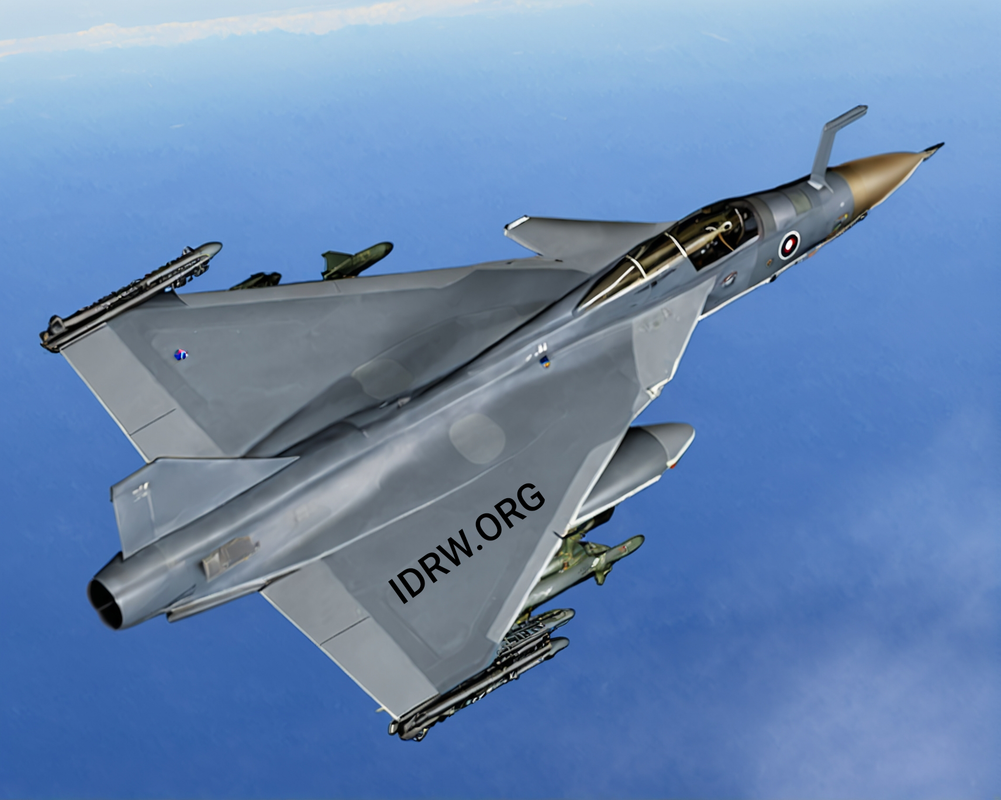

The Indian aerospace industry is abuzz with excitement as the Tejas MkII, the next-generation variant of the indigenous Light Combat Aircraft (LCA) Tejas, inches closer to taking shape. The Aircraft and Systems Testing Establishment (ASTE), a premier Indian Air Force (IAF) institution, has been entrusted with a crucial role in preparing the Tejas MkII for its maiden voyage.
According to reports in idrw.org, aircraft assembly is set to begin this month in Bangalore, with small equipment and fuselage sections already arriving at the HAL facility. The first fully assembled Tejas MkII is expected to roll out next year, marking a significant milestone in the program.
Continue readingSOURCE: IDRW.ORG TEAM


The long-awaited IJT-36 Sitara trainer aircraft, developed by Hindustan Aeronautics Limited (HAL), continues to be a source of both hope and frustration for the Indian Air Force (IAF). While HAL claims to be nearing the end of the development phase, the program has faced significant delays and setbacks over its two-decade-long journey.
Initially envisioned as a replacement for the aging Kiran Mk II, the Sitara has encountered numerous hurdles, including critical design flaws that necessitated major modifications to the tail and undercarriage sections. These issues resulted in failed spin tests, a crucial parameter for any trainer aircraft.
Continue readingSOURCE: RAUNAK KUNDE / NEWS BEAT / IDRW.ORG
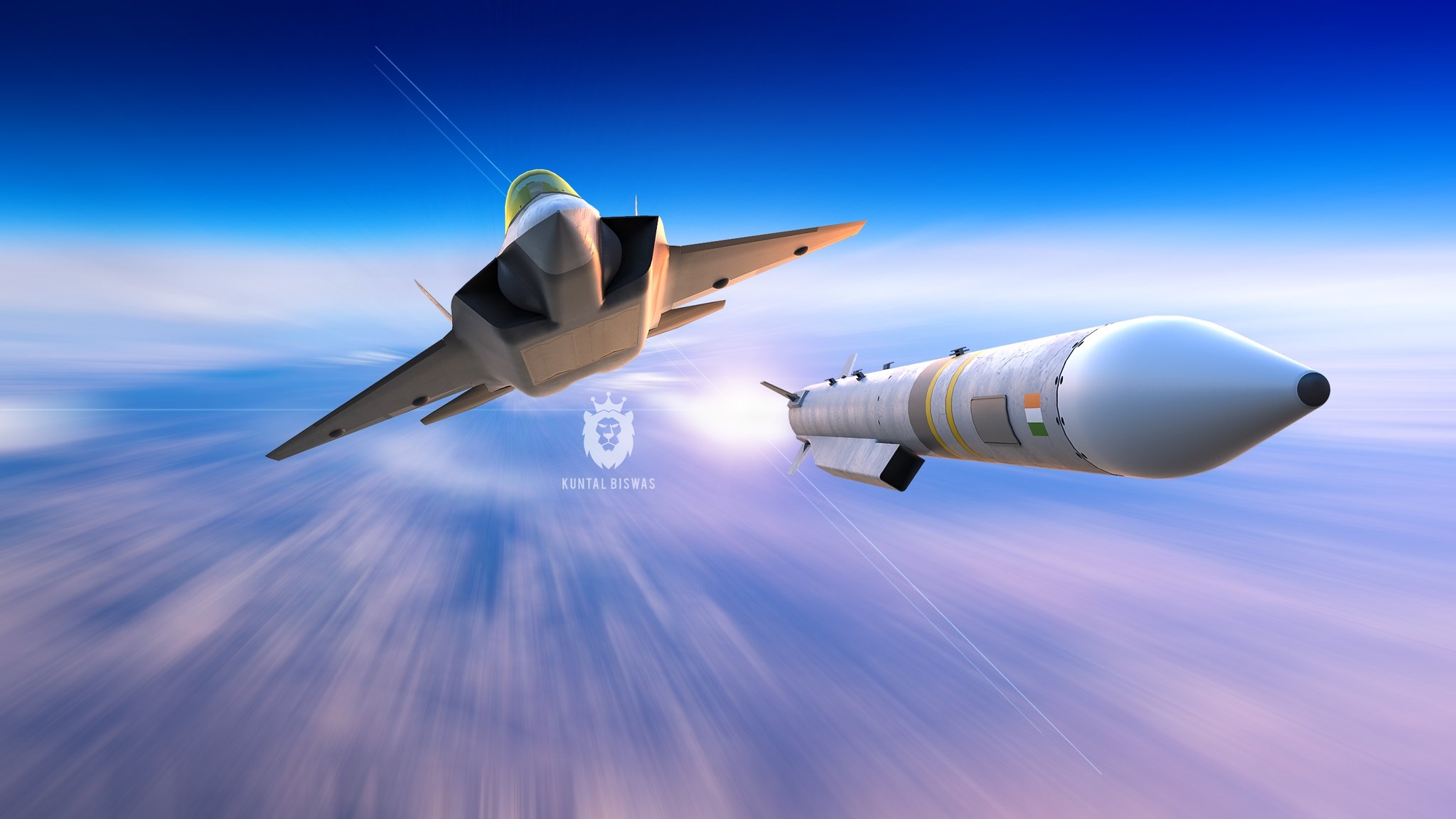

The Indian Ministry of Defence (MoD) has revised its plans for the AMCA fighter jet program, opting for a new model involving two Development cum Production Partners (DcPPs). This revised approach aims to ensure a competitive and efficient development and production process for the advanced 5th-generation fighter jet.
Previously, the MoD had proposed a Special Purpose Vehicle (SPV) model, where the state-owned Hindustan Aeronautics Limited (HAL) would manufacture the initial batch of 40 AMCA Mk1 jets powered by older F414 engines. Subsequently, a private sector majority-owned company would take over the production of the AMCA MkII, with HAL holding a minority stake.
Continue readingSOURCE: RAUNAK KUNDE / NEWS BEAT / IDRW.ORG


The Indian Air Force’s Sukhoi-30MKI, a formidable asset, is set to undergo a transformative upgrade, dubbed the “Super Sukhoi”. This ambitious project, which has been in the works for over a decade, aims to elevate the aircraft’s capabilities to rival and surpass its Chinese counterpart, the J-16.
Initially envisioned as a beneficiary of the now-defunct Fifth Generation Fighter Aircraft (FGFA) program with Russia, the Super Sukhoi’s development trajectory shifted when India opted out. Russia subsequently proposed the Su-30SM upgrade, featuring the potent AL-41F engine. However, India has charted its course, prioritizing indigenous technology.
Continue readingSOURCE: RAUNAK KUNDE / NEWS BEAT / IDRW.ORG
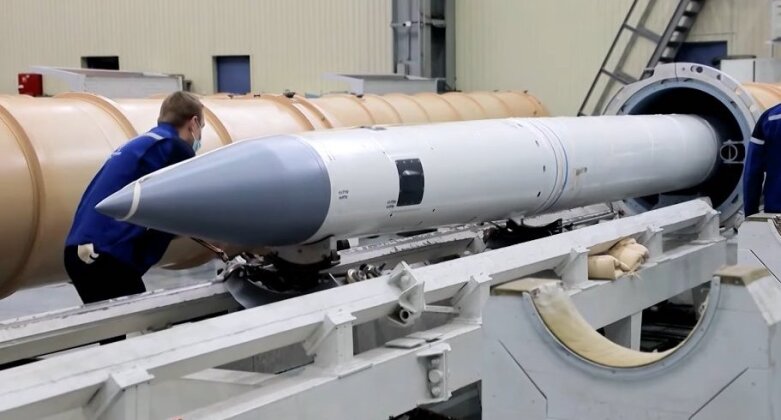

In a significant boost to India’s military capabilities, Russia is set to supply 120 long-range surface-to-air missiles, following Prime Minister Narendra Modi’s recent visit to Moscow. This advanced weaponry is expected to provide India with a substantial edge over its adversaries, particularly Pakistan.
The S-400 air defence system, equipped with the cutting-edge 40N6 interceptor missile, is capable of engaging a wide range of aerial threats, including high-speed, low-altitude targets. When integrated with India’s early warning aircraft, such as the AWACS, the system forms a formidable defensive shield.
Continue readingSOURCE: RAUNAK KUNDE / NEWS BEAT / IDRW.ORG
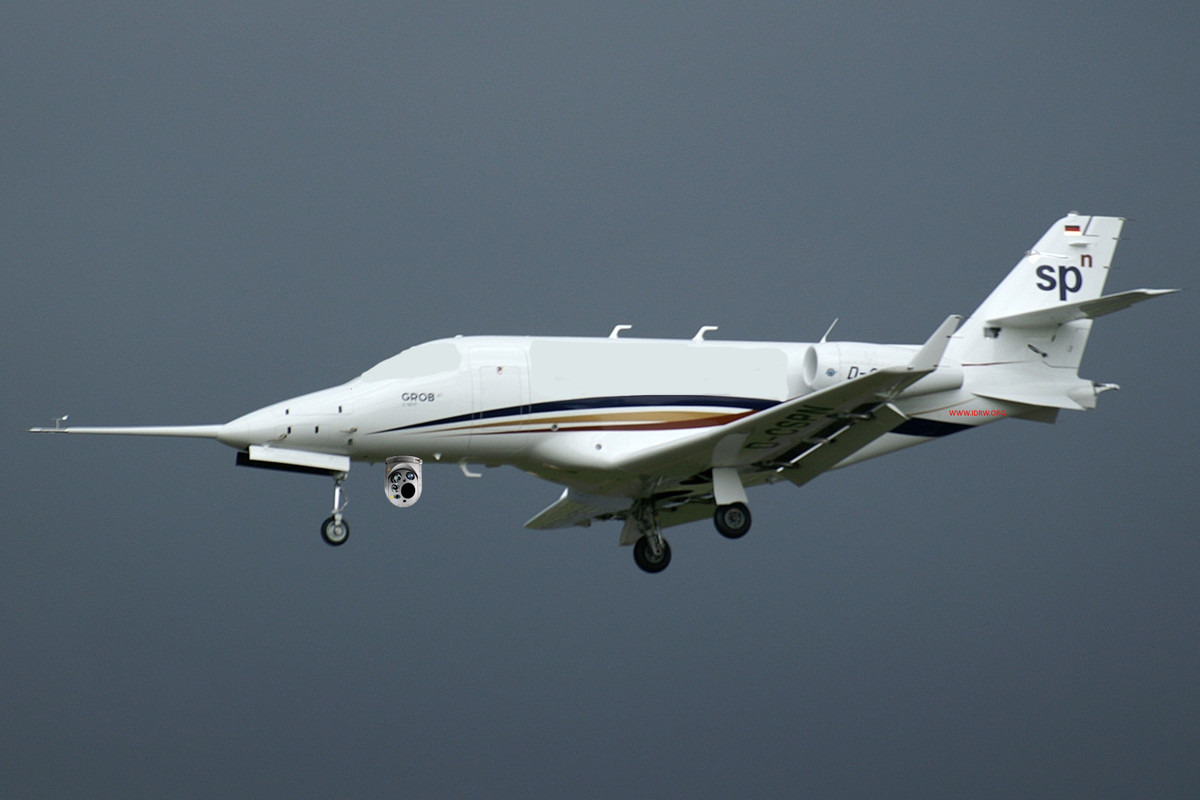

Tata Advanced Systems Limited (TASL) is set to make a significant stride in India’s defence manufacturing sector with the planned rollout of its first Grob G 180 aircraft by 2026. This twin-engine, high-altitude aircraft will be customized to serve as an Electronic Intelligence (ELINT) platform, a critical asset for modern militaries.
In a strategic move, the Tata Group acquired the intellectual property rights in 2021 for the German-origin Grob G 180 SPn, a platform that never reached full-scale production. TASL plans to leverage this foundation to develop and manufacture an indigenous military aircraft tailored to Indian requirements.
Continue readingSOURCE: IDRW.ORG TEAM

In a significant development aimed at bolstering India’s strategic deterrence capabilities, the BrahMos Aerospace has initiated work on an extended-range version of its air-launched cruise missile (ALCM). The new missile, an evolution of the existing BrahMos-A, is set to boast a formidable range of 800 kilometers, significantly enhancing the Indian Air Force’s (IAF) strike capabilities.
Currently armed with the 450km range BrahMos-A, the IAF’s Sukhoi-30MKI fleet is poised to become even more potent with the integration of the extended-range variant. To accommodate the heavier payload, the Sukhoi-30MKI will undergo structural enhancements, primarily focusing on reinforcing the mid and rear fuselage sections. Hindustan Aeronautics Limited (HAL) is entrusted with this critical modification to ensure the aircraft can safely carry the 2.5-ton missile.
Continue readingSOURCE: RAUNAK KUNDE / NEWS BEAT / IDRW.ORG
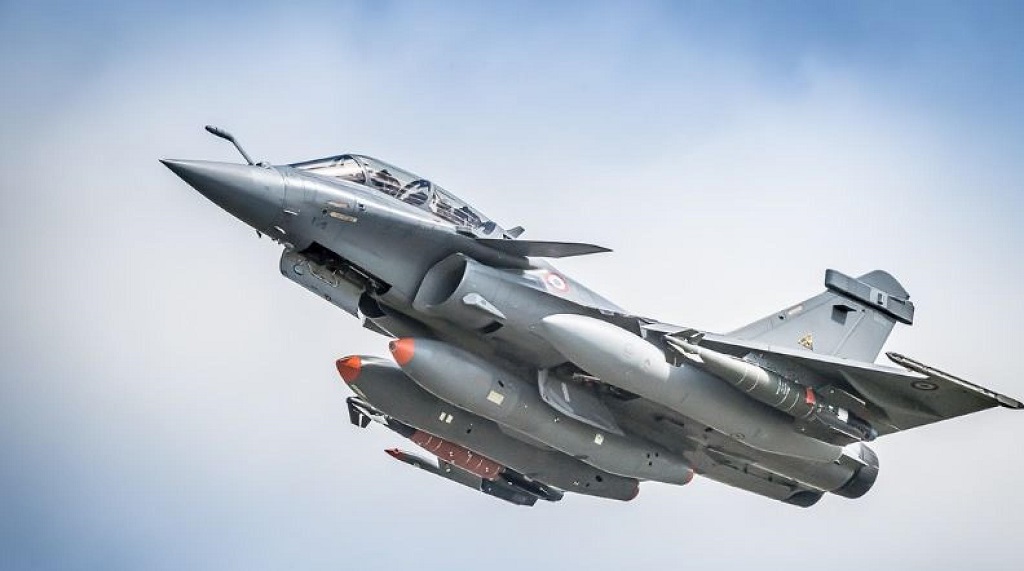

The Indian Air Force (IAF) is gearing up to issue a Request for Proposal (RFP) for its Medium Range Fighter Aircraft (MRFA) program later this year. This significant procurement, aimed at acquiring 114 indigenously manufactured jets with technology transfer, is expected to reshape the IAF’s combat capabilities.
Dassault Aviation, the manufacturer of the Rafale fighter, has already delivered 36 aircraft to India, incorporating India-specific enhancements in the F4 standard over the baseline F3R configuration. The French aerospace giant will now be offering a hybrid variant of the F4 standard for the MRFA program, incorporating certain features from the upcoming F5 standard, slated for the French Air Force in 2030.
Continue readingSOURCE: RAUNAK KUNDE / NEWS BEAT / IDRW.ORG
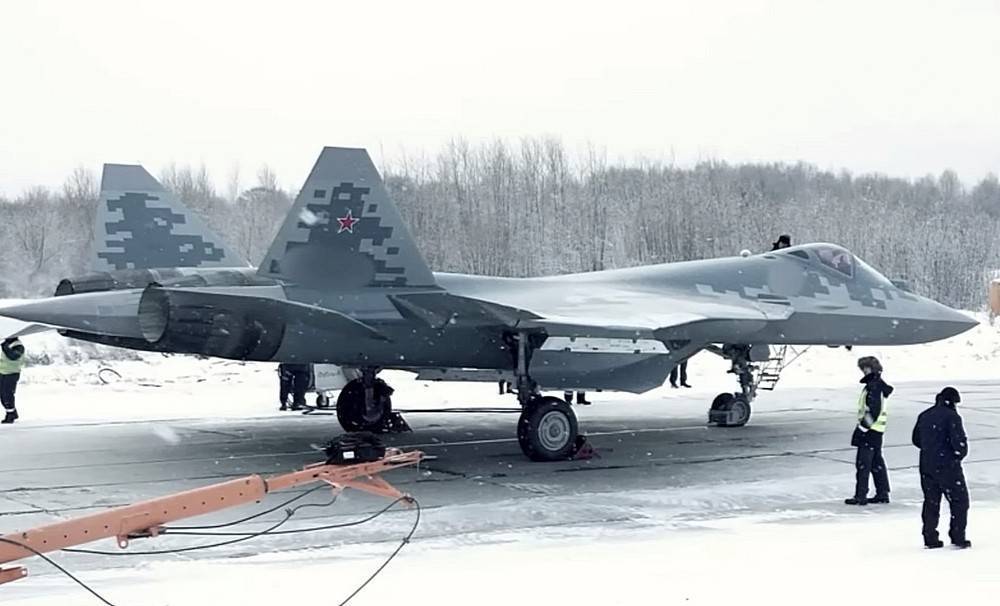

Russia is making a renewed push to attract India to its fifth-generation Su-57 fighter jet program, claiming to have addressed key concerns raised by the Indian Air Force (IAF) that led to India’s exit in 2018.
The IAF had reservations about the baseline Su-57, particularly its engine and stealth capabilities. The original AL-41F engine, based on the Su-30MKI’s engine, limited the jet’s ability to achieve sustained supersonic speeds without afterburner, a vital feature for a true fifth-generation fighter. Additionally, the IAF questioned the overall stealth design of the Su-57.
Continue readingSOURCE: RAUNAK KUNDE / NEWS BEAT / IDRW.ORG

In a bid to overcome the challenges faced in its High-Altitude Long-Endurance (HALE) Unmanned Aerial Vehicle (UAV) program, the Aeronautical Development Establishment (ADE) is seeking foreign expertise. General Atomics, a renowned aerospace and defense company, has extended an offer to act as a consultant for India’s HALE UAV development.
The ADE’s previous attempts at developing UAVs, particularly the Medium-Altitude Long-Endurance (MALE) UAV, Tapas, have been marred by delays and performance issues. This has cast a shadow over the ambitious HALE UAV project.
Continue reading